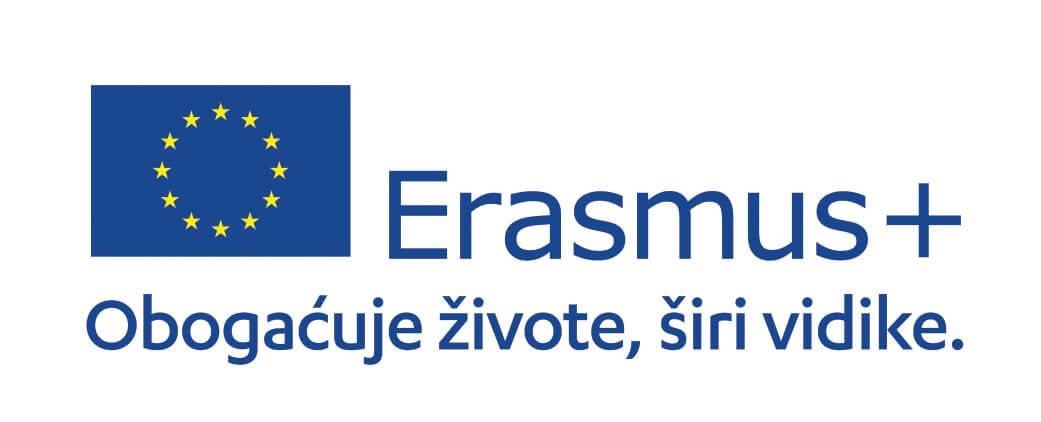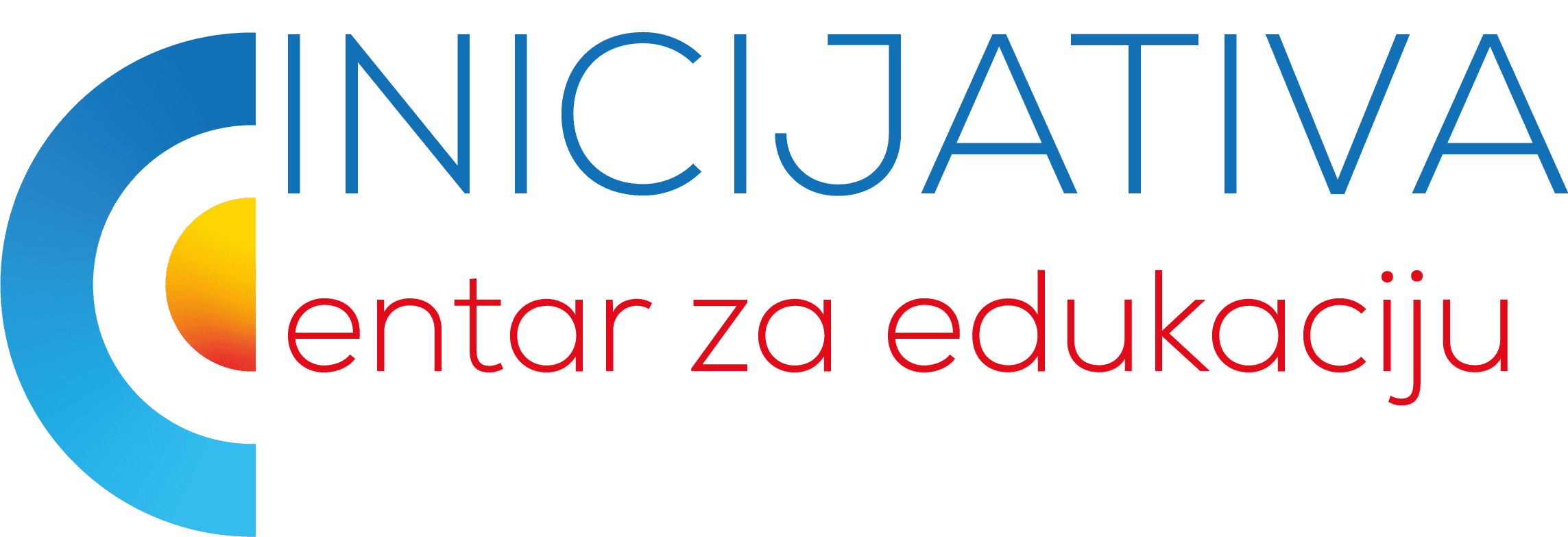At the end of this past July, I had the opportunity to attend a teacher training course, “Creativity for the future: promoting Critical Thinking and Problem-Solving,” in Bologna.
In brief, it was not the setting, though Bologna is indisputably breathtaking, it was the people I interacted with that made the experience so spectacular.
The course I attended was offered by ELA and our trainer was the ever-insightful Sara. I had the privilege to attend this course with participants from Romania, Estonia, Slovenia, and Bulgaria.
Facilitating Creative and Critical Thinking in Learners
Our main objective for the week was “preparing to foster 21st century skills in our students.” We covered topics such as 21st century skills, creativity tools and techniques, critical thinking - role to foster, problem-solving activities, and ICT tools to stimulate creativity and critical thinking.
Through these topics, we understood our roles as educators in facilitating a variety of thought processes in our learners, even if our learners vary in age. It was interesting to brainstorm and see how we could adapt our activities to reach all ages and types of learners.
Teaching Activities
During the entire training course, we were given many opportunities to learn by doing. Basically, we were given a little theory at the beginning of a topic and then were given activities to complete. The emphasis was on actually trying out concepts for ourselves, either individually or in groups.
The approach taught me the importance of condensing the most necessary points of a subject and then allow learners to fully grasp the freshly taught material through a given activity.
The activities we were given to carry out included a variety of media. Some activities were done through online tools such as Kialo, Thinglink and mentimeter, but many were not.
I appreciated the fact that not all activities in our modern classrooms have to be done virtually and that it is quite effective to occasionally go back to basics and use some variation of pen and paper. We must, however, ensure that we present activities to our learners that will incite some form of creativity and critical thinking.
Importance of Creative and Critical Thinking
In addition to the activities, we were given time to reflect on our processes. With so much happening in such a short time, this silent activity at the end of our training days gave us a good reminder to stop and evaluate all the day’s activities.
Through these reflections, we all noticed that we were asked to tap into our own creativity and find suitable ways to bring out the creativity in our students.
Also, we were asked to think critically about events around us. As we all know, information of all sorts is available to us all in a few short clicks. For this reason, the allotted time for reflection was a good reminder to check our biases and to ensure we transfer this thinking process onto our learners.
Impression of the Learning Experience in Bologna
Overall, the experience in Bologna with ELA has forever changed me mainly because it gave me a better insight into how to effectively teach from all angles.
I was able to observe and better communicate with a variety of fellow teachers (and learners) and those skills have already been implemented in my day-to-day activities.
Whoever coined the term “think outside the box” was really onto something, it truly is incredible to see the outcomes of thinking (and doing) outside the box!
Maria Grgić Skendrović
Project partner:
Find out more about the event here.
The project is funded by the European Union. Erasmus+ Enriching lives, opening minds.


